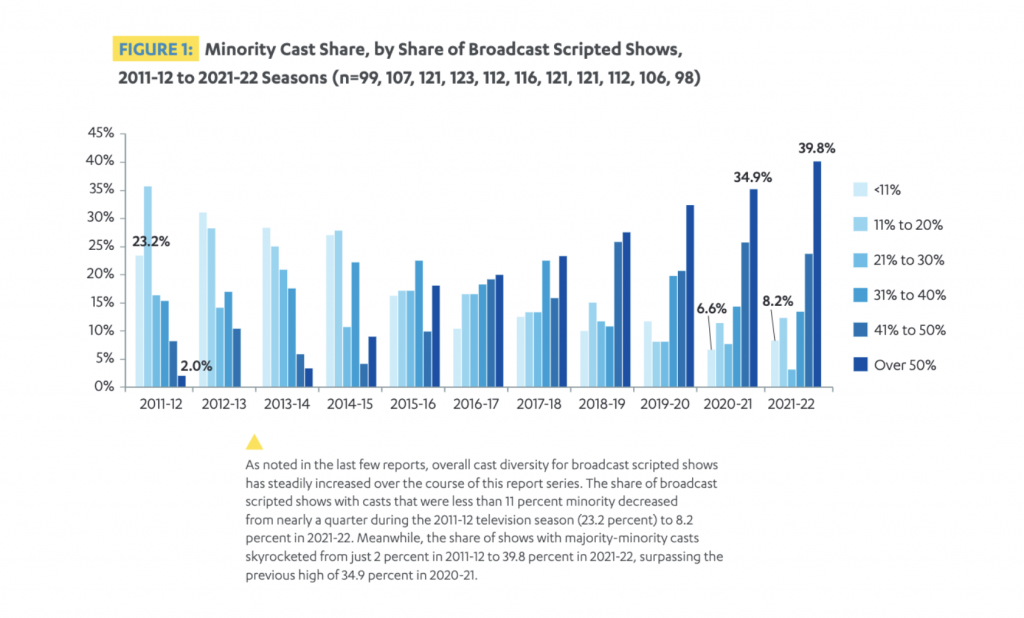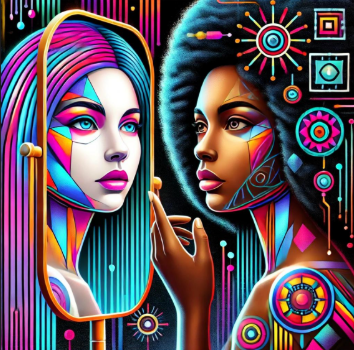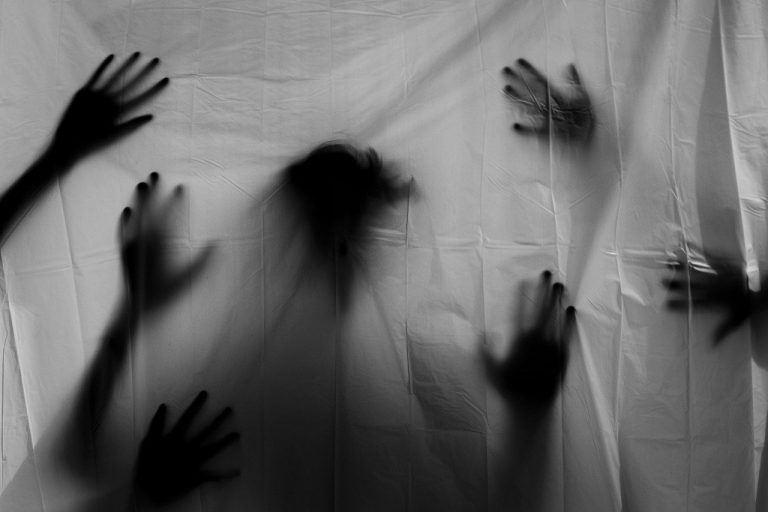Whitewashing in Media: How Whitewashing Negatively Affects People Of Color
When you look at the films and television shows you watch, do you see someone who you can relate to and whose experiences are similar to yours? Do you see a representation of yourself in the media you engage with, or do you see the effects of whitewashing and a lack of diversity in the media you consume?
Whitewashing occurs both in front of the screen and during the production of films and television shows. While there is a clear push for racial diversity in both film and television, as the UCLA Hollywood Diversity Report for 2023 reports an upward trend in overall cast diversity since 2011-12, there is still a concern regarding whitewashing and how its erasure of diversity affects people of color.
Therefore, it is significant to understand the scope of whitewashing and its influence on minorities.

What Is Whitewashing?: Replacement and Favoring
Whitewashing, according to Merriam-Webster, is defined as a favoring or preference for “casting white actors as characters who are non-white or of indeterminate race.” This preference for white actors appears in many films over cinematic history, such as “The Last Airbender,” which cast white actors to portray the East Asian and Inuit-coded main characters. And more recently, “The New Mutants,” which cast Italian-Brazilian actor Henry Zaga as the Afro-Brazilian character Sunspot.
However, whitewashing also occurs behind the scenes and is further defined as a preference for white “directors, cinematographers, and so on, over equally qualified people of color.” This type of whitewashing appears through how minority writers make up 12.4% of all writers in film, how white directors are given larger budgets in contrast to directors of color, and how award nominations and ceremonies often recognize white actors over actors of color. Most recently, the 2023 BAFTA Film Awards displayed this preference, as each winner awarded during the ceremony was white.
What Is Whitewashing?: Displacement
Whitewashing is also a displacement of people of color in film and television to focus on white individuals, according to Dr. Leilani Nishime in an interview with Claire Gillespie on Health. One example Gillespie gives is the film “Stonewall,” which refocuses the event of the Stonewall Riots from the perspective of a white, cisgender, gay character despite how transgender individuals and people of color played a significant part in the riots. While other films, such as “The Lord of the Rings,” portray settings where people of color do not exist.
Displacement, similarly to the replacement of minority characters and favoring of white actors, erases people of color from narratives and settings. By displacing minorities from historical narratives and settings their part in history is diminished in favor of white figures. However, displacement also sends a message that minorities are unseen or insignificant in the world.
Whitewashing, whether it is through replacement, favoring, or displacement, limits and erases people of color, their voices, experiences, opportunities in entertainment, and their overall representation in media and society.
What Are the Effects of Whitewashing?
As a form of racial discrimination, whitewashing has multiple seen and unseen effects on people of color. Whitewashing takes away opportunities for work from minorities in the entertainment industry due to the preference for casting white actors, the replacement of minority characters of color for white characters, the lack of diversity in writers’ rooms, and the lack of support and funding for directors of color and their projects.
This lack of diversity behind the scenes in the production of films creates a message that people of color’s stories are unimportant or that there is no place for them in entertainment. However, while whitewashing purports this message through the displacement of people of color and preference for white actors and directors, recent data from the Hollywood Diversity Report shows that films and television with diverse casts and stories of diversity are more profitable and outperform those lacking in diversity.
Additionally, as Jamie Harrison states on Shape, “[whitewashing] incorrectly depicts people of color as unqualified or unworthy of certain positions in society.” This lack of representation reinforces the idea that they are unsuited for positions such as lead actor, writer, director, and more because they are not portrayed and seen in these roles. This limited perspective makes it harder for people of color to value themselves, according to Harrison.
Ultimately, whitewashing creates messages that whiteness and Eurocentric beauty standards are the norm in society. In turn, these messages affect people of color negatively because they do not see themselves represented in entertainment and media. According to Dr. Leela Magavi in an interview with Health, “Whitewashing can cause demoralization, exacerbate feelings of imposter syndrome, and worsen low mood and anxiety symptoms,” as well as cause stress, and has the potential to change how people of color act because they “feel pressured to look, speak, or present a certain way” to fit in.
Combating Whitewashing and Supporting Diversity
Whitewashing not only limits representation or eliminates work opportunities for people of color, but it also mentally affects them by presenting a Eurocentric standard of the world in both film and television, which in turn negatively affects self-esteem and contributes to stress and anxiety.
However, there are ways in which to combat whitewashing in the realm of entertainment. By supporting films and television shows that display and celebrate diversity, supporting directors and writers of color and their unique experiences, we can tell Hollywood that there is space for these stories, that they are profitable, and that we desire more films that display and depict diversity over films that lack diversity.





